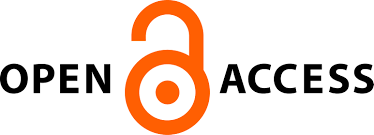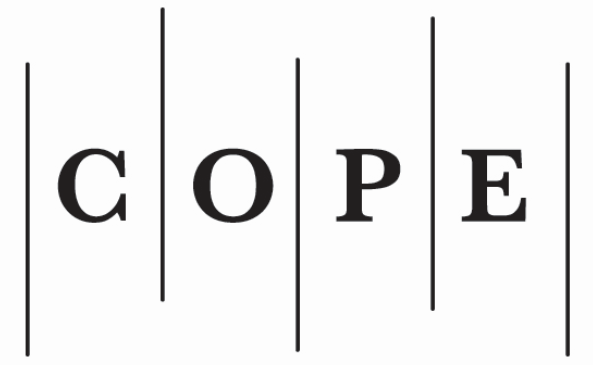Identity Parade – Executable Identification by Procedural Institution or Specialist or Expert
##plugins.themes.bootstrap3.article.main##
Abstract
The effectiveness and efficiency of investigative process in criminal proceedings depends on properly conducted activities aimed at collection of evidence. One of such significant activities is a line-up being an identification procedure involving traces left behind in human memory. Because a “memory trace” in itself is a subjective phenomenon, additionally characterized with great malleability and susceptibility to deformation, the procedure must meet some definite legal and forensic conditions for the line-up to be accurate and effective, and to have adequate evidential value. Thus, much importance must be given to appropriate methodology of the activity, as the use of a particular method makes possible adequate and reliable examination of a memory trace, which may enable identification of a given line-up member.
Research shows how low the standard of administering line-ups by law enforcement agencies (most frequently by police, who are the main agency conducting preparatory proceedings) is, and consequently how many errors are made, which of course results in lowering the effectiveness of detection process and the diagnostic and evidential value.
Although line-ups are of a rather low diagnostic value, it cannot be denied that, owing to its suggestiveness, a positive identification is usually highly valued by the court as a piece of evidence, very often being the only evidence against the suspect. Therefore, methodological strictness is, in case of positive identification, one of the most important safeguards of the case correctly settled by the court. Administration of line-ups requires law enforcement agencies to demonstrate much expertise and highly professional performance, and to act with extreme care.
In view of court errors resulting from generally low standard of law enforcement performance as regards the discussed identification procedure, it seems necessary that the art. 173 of the code of criminal procedure should de lege ferenda incorporate a record limiting the competence of procedural agencies with a view to lineups being administered only by persons with proper specialist training or preferably by relevant experts rather than by persons with standard vocational training.
Research shows how low the standard of administering line-ups by law enforcement agencies (most frequently by police, who are the main agency conducting preparatory proceedings) is, and consequently how many errors are made, which of course results in lowering the effectiveness of detection process and the diagnostic and evidential value.
Although line-ups are of a rather low diagnostic value, it cannot be denied that, owing to its suggestiveness, a positive identification is usually highly valued by the court as a piece of evidence, very often being the only evidence against the suspect. Therefore, methodological strictness is, in case of positive identification, one of the most important safeguards of the case correctly settled by the court. Administration of line-ups requires law enforcement agencies to demonstrate much expertise and highly professional performance, and to act with extreme care.
In view of court errors resulting from generally low standard of law enforcement performance as regards the discussed identification procedure, it seems necessary that the art. 173 of the code of criminal procedure should de lege ferenda incorporate a record limiting the competence of procedural agencies with a view to lineups being administered only by persons with proper specialist training or preferably by relevant experts rather than by persons with standard vocational training.
##plugins.themes.bootstrap3.article.details##
Section
Articles
This is an open-access journal, which means that all content is freely available without charge to the user or their institution. Users are allowed to read, download, copy, distribute, print, search, or link to the full texts of the articles in this journal without asking prior permission from the publisher or the author. This follows the BOAI definition of open access. Authors contributing to Jurisprudence agree to publish their articles under a Creative Commons Attribution 4.0 International Public (CC BY) License (applicable from 2025).
![]() Authors retain copyright of their work, with first publication rights granted to the Association for Learning Technology.
Authors retain copyright of their work, with first publication rights granted to the Association for Learning Technology.
Please see Copyright and Licence Agreement for further details.






